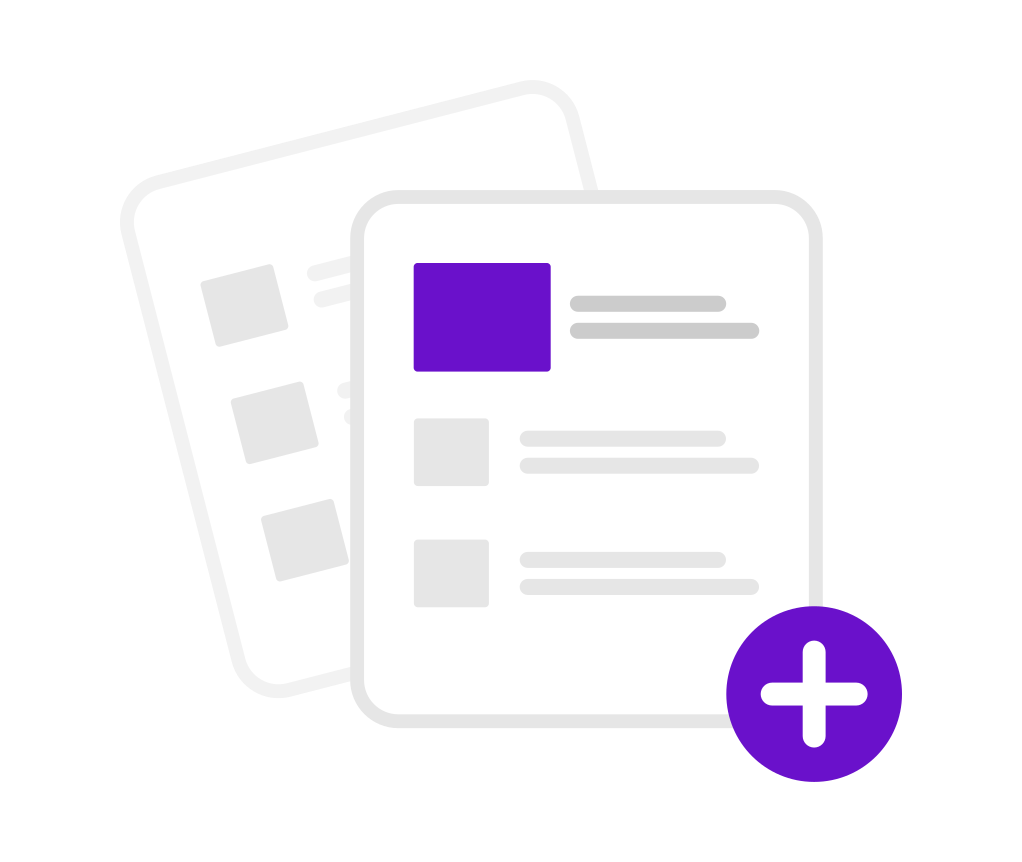Customer segmentation is crucial for B2B companies looking to tailor their marketing strategies to specific audiences. By dividing your customer base into distinct groups, you can deliver personalized content, improve engagement, and drive sales. Here’s a comprehensive guide to implementing B2B customer segmentation effectively.
Step 1: Define Your Segmentation Goals
Before diving into the segmentation process, it's essential to outline your objectives. Ask yourself the following questions:
- What do you hope to achieve with segmentation?
- Are you looking to improve marketing efficiency, enhance customer retention, or identify high-value customers?
Having clear goals will guide the entire process and ensure that your segmentation strategy aligns with your business objectives.
Step 2: Collect and Analyze Customer Data
Gathering comprehensive data is the backbone of effective customer segmentation. Focus on the following types of data:
- Demographic Data: Company size, industry, location, and revenue.
- Firmographic Data: Business attributes like company structure and market position.
- Behavioral Data: Purchase history, product usage, and engagement metrics.
- Psychographic Data: Company values, culture, and decision-making processes.
Use CRM systems, surveys, and analytics tools to collect this data. Ensure the data is clean, accurate, and up-to-date.
Step 3: Identify Key Segmentation Criteria
With your data in hand, determine the criteria that best define your segments. Common B2B segmentation criteria include:
- Industry: Group customers based on the sector they operate in.
- Company Size: Segment by employee count or annual revenue.
- Geographic Location: Divide customers by region or country.
- Purchase Behavior: Segment based on buying frequency, volume, and product type.
- Customer Lifecycle Stage: Identify where customers are in their journey (prospect, new customer, repeat customer, etc.).
Step 4: Develop Customer Profiles
Create detailed profiles for each segment to understand their needs, preferences, and pain points. These profiles should include:
- Key Characteristics: Demographics, firmographics, and behavioral traits.
- Needs and Challenges: Specific problems the segment faces and how your product/service can solve them.
- Engagement Preferences: Preferred communication channels and content types.
Developing robust customer profiles helps in crafting targeted marketing messages and offers.
Step 5: Validate and Refine Segments
Before fully implementing your segmentation strategy, validate your segments to ensure they are practical and actionable. This involves:
- Testing Segments: Conduct pilot campaigns to test the responsiveness and effectiveness of your segments.
- Gathering Feedback: Collect feedback from sales and customer service teams who interact directly with customers.
- Refining Criteria: Adjust your segmentation criteria based on the results and feedback to enhance accuracy and relevance.
Step 6: Implement Segmentation in Marketing Strategies
With validated segments, integrate your segmentation strategy into your marketing efforts. This includes:
- Personalized Campaigns: Tailor your marketing messages, content, and offers to each segment’s specific needs and preferences.
- Targeted Channels: Use the communication channels preferred by each segment, whether it's email, social media, or direct mail.
- Customized Customer Journeys: Design unique customer journeys for each segment to improve engagement and conversion rates.
Step 7: Monitor and Adjust
Customer segmentation is not a one-time activity. Continuously monitor the performance of your segments and make adjustments as needed. This involves:
- Tracking Metrics: Measure key performance indicators (KPIs) such as engagement rates, conversion rates, and customer satisfaction.
- Analyzing Trends: Look for changes in customer behavior and market trends that may affect your segments.
- Regular Updates: Periodically review and update your segmentation criteria to ensure they remain relevant and effective.
Conclusion
Implementing B2B customer segmentation can significantly enhance your marketing strategy by enabling more personalized and effective communication. By following these steps, you can create meaningful segments that drive engagement, improve customer satisfaction, and boost your bottom line. Start with clear goals, gather and analyze data, identify key criteria, develop customer profiles, validate your segments, implement targeted strategies, and continuously monitor and refine your approach.


